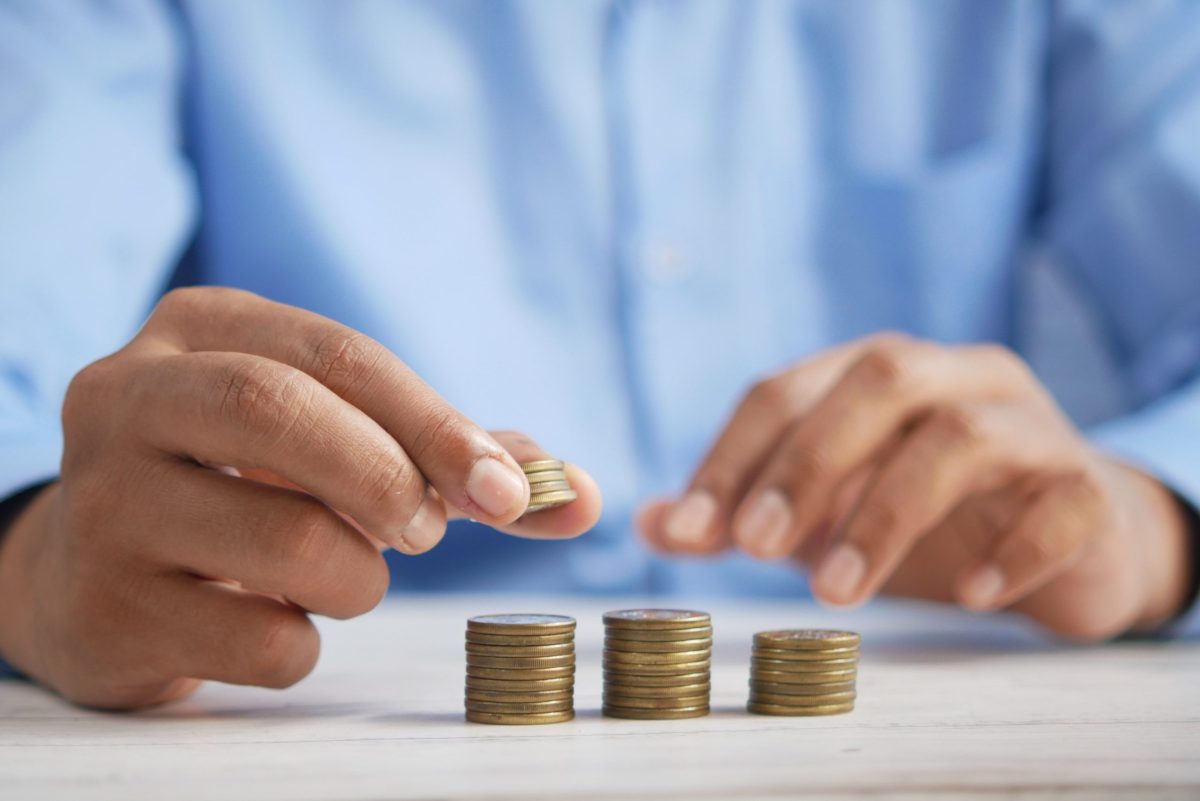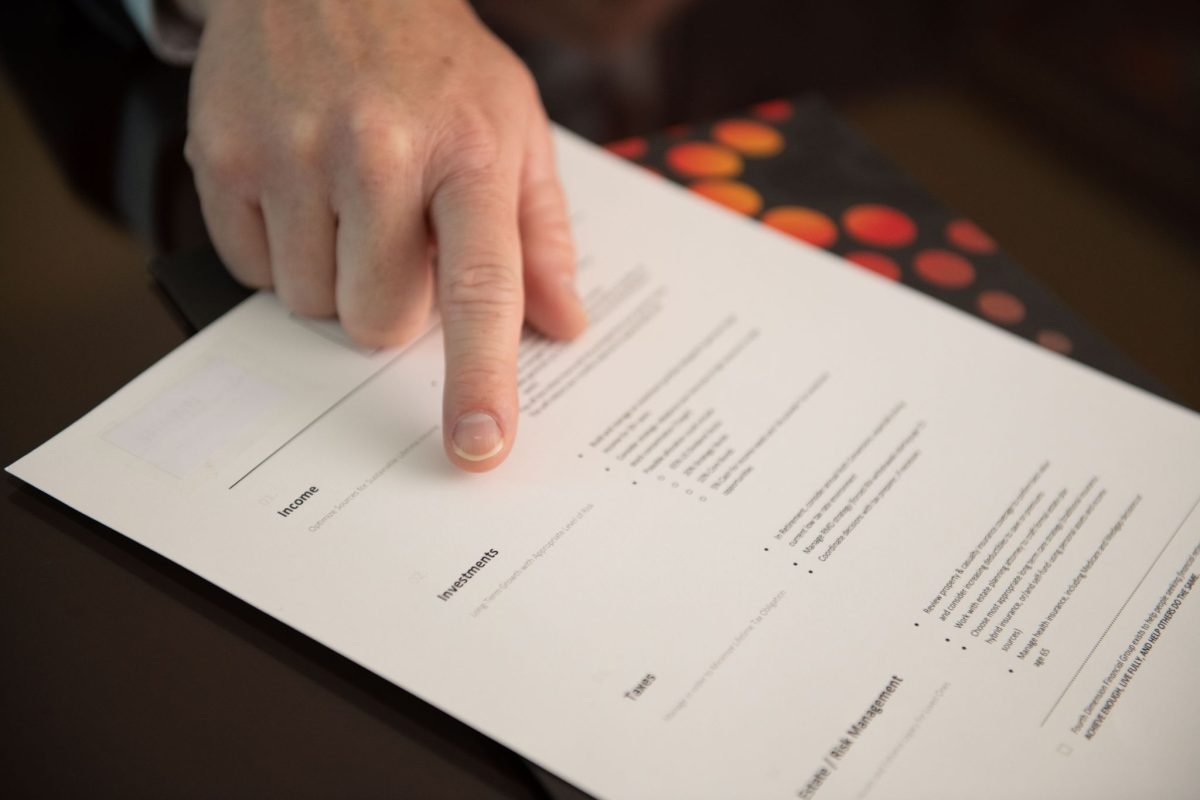
Stephen L. Hanley, Investment Strategist Evergreen Wealth Management
by Stephen L. Hanley
Over the last 50 years, dividends have provided nearly half of the stock market’s returns on investment (ROI). The performance of the S&P 500 over the past half-century, when you include dividends, is almost twice the total return of the performance of the S&P 500 if you leave out the dividends.
-Investopedia
Sustainable dividend stocks historically have provided a nice combination of long-term growth, income growth, consistent income and some risk reduction. For long-term income clients, sustainable dividend stocks should be at the heart of investing.
The key for harvesting the power of dividend stocks long-term, and improving the odds that the crops will always produce a harvest, is identifying ‘sustainability.’
We define sustainability as the ability for a company, bond, or any investment to actually pay us an income stream, not a return of principle. Many investments exist that claim ‘income’ but are actually designed to pay you back a combination of your own money and some portion of real income (interest or dividend). This is not innately bad as long as you have a good understanding of the real income you are receiving and apply it in the portfolio appropriately. But for the majority of dividend investing, we greatly prefer real income to be generated.
Within the stock market, we see many companies claiming a 6% or more dividend to investors. Naturally, you may assume this means the company is paying a solid 6% income stream. Upon deeper research we often find the income is fueled by debt or borrowing of some sort. The company itself may earn enough to pay 3% income but is paying the remainder through borrowing money in some way. We do not view this as a sustainable income stream. This is not always bad, and many of these companies may be able to grow fast enough to support the extra 3% payout, but it certainly adds an element of risk that should not be viewed as ‘sustainable’ at the 6% level.
So how do we validate whether a dividend or income stream is sustainable?
We look for 3 key elements to test sustainability.

1. Cash Flow Excess
True sustainability happens when we measure what an investment actually earns in profit, net of all expenses such as earnings or free cash flow for an investment. Then we look at what it is paying out to shareholders in the form of dividend or interest. If the investment is consistently covering the payout and maintains excess cash flow, then we know it might be sustainable. We then analyze the many aspects of the business model to determine other risk elements. For dividend stocks, we generally like to see 30% or more in excess cash flow with a preference for 50% or more; meaning the dividends they pay out are significantly less than they make in profit or the cash flow they are generating from normal business operations. This leaves a cushion of cash flow for times of trouble. It also leaves a cushion of money the company can utilize for expanding the company and/or dividend payments over the long-term.
 2. Long-Term Track Record
2. Long-Term Track Record
Ideally, we want to see a minimum of 5-7 years consistent dividend payouts with a solid cash flow cushion. We like to also review how management handled the 2008 decline to glean financial prudence during extreme market declines. Companies that have managed through multiple market cycles with success at maintaining appropriate financials under duress, and show ability to return shareholder value during the good times, tend to move to the top of our list.
 3. Cash / Dividend Cushion
3. Cash / Dividend Cushion
The final hint for sustainability is observing healthy cash cushions. We like to see companies with low debt relative to industry norms, and cash cushions that can sustain the dividend for a period of time if things get bad. Companies that exhibit lower debt, higher cash, and available credit lines will be able to survive larger downturns without slashing dividends and often thrive during recoveries with larger payout raises. Similar to personal financial management, those with low debt and larger savings accounts will tend to survive and thrive over the long haul with much less stress.
As investors and owners of a company we should expect prudent financial management over long periods of time. Analyzing the financial statements of companies we own on a regular basis to validate cash flow levels, ongoing payouts, and cash cushions is something we can control. While the market is well out of our control, we believe that by focusing on applying some common sense analysis, we can improve the sustainability of our dividend income streams over the long-term. We also believe if the cash flow and dividend are sustainable long-term, then the price will often reflect this success. This strategy may not capture all the gains of higher growth stocks that need debt to fuel continued growth (different strategy for a different article), but for income-takers or more moderate risk-takers, we might sleep a little better at night knowing the companies we own operate in a long-term prudent manner with our hard-earned money.
Recent Articles

Show Your Work: Why Transparency Matters in Retirement Planning

Unlocking the Mystery of Income Taxes

Social Security Strategy: Do You Have One?

Pension Decision: Just One Critical Piece of Information Is Needed to Decide



